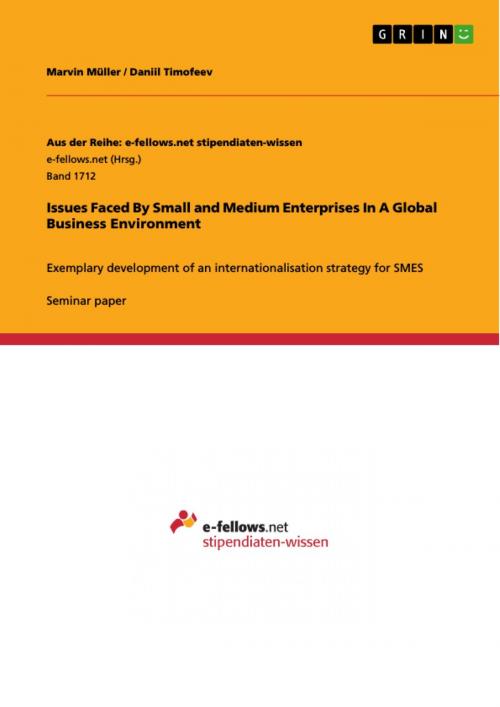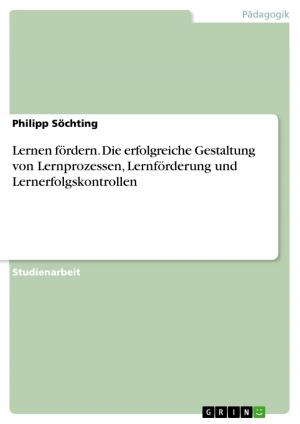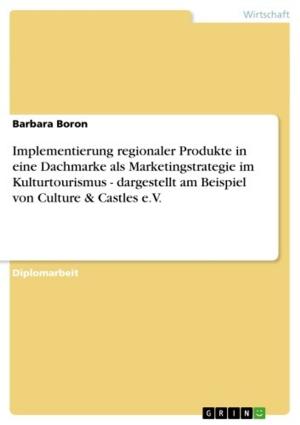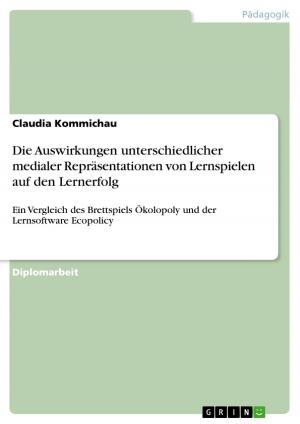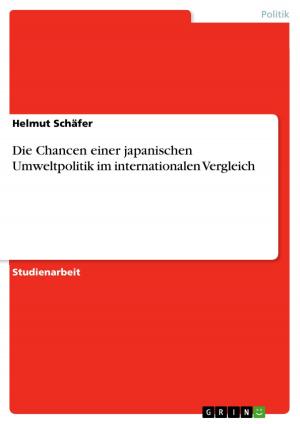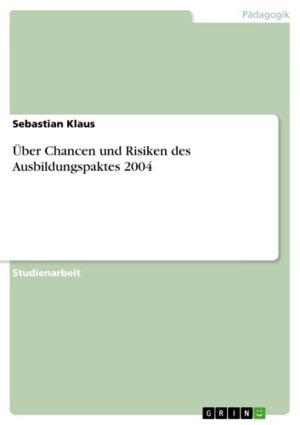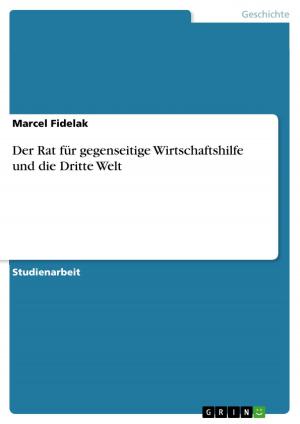Issues Faced By Small and Medium Enterprises In A Global Business Environment
Exemplary development of an internationalisation strategy for SMES
Business & Finance, Entrepreneurship & Small Business, New Business Enterprises| Author: | Marvin Müller, Daniil Timofeev | ISBN: | 9783668154681 |
| Publisher: | GRIN Verlag | Publication: | February 18, 2016 |
| Imprint: | GRIN Verlag | Language: | English |
| Author: | Marvin Müller, Daniil Timofeev |
| ISBN: | 9783668154681 |
| Publisher: | GRIN Verlag |
| Publication: | February 18, 2016 |
| Imprint: | GRIN Verlag |
| Language: | English |
Seminar paper from the year 2016 in the subject Business economics - Company formation, Business Plans, grade: 81%, University of South Wales, language: English, abstract: The paper aims to analyse the current situation of a fictive company and moreover to work out an adequate internationalisation strategy considering the following three key objectives: 1. Reduce labour costs by shifting the production- centre to a low-income country, 2. Enter new markets in countries with a low level of market satisfaction, 3. Enlarge the range and variety of products through a highly educated R&D-Team. After evaluating the business environment, three potential target countries for the internationalisation process are assessed. In a next step the strengths, weaknesses, opportunities and threats are lined out. Moreover a PEST-analysis is conducted to prepare for the location decision. Finally, the most adequate method is selected and a brief conclusion and recommendation are given.
Seminar paper from the year 2016 in the subject Business economics - Company formation, Business Plans, grade: 81%, University of South Wales, language: English, abstract: The paper aims to analyse the current situation of a fictive company and moreover to work out an adequate internationalisation strategy considering the following three key objectives: 1. Reduce labour costs by shifting the production- centre to a low-income country, 2. Enter new markets in countries with a low level of market satisfaction, 3. Enlarge the range and variety of products through a highly educated R&D-Team. After evaluating the business environment, three potential target countries for the internationalisation process are assessed. In a next step the strengths, weaknesses, opportunities and threats are lined out. Moreover a PEST-analysis is conducted to prepare for the location decision. Finally, the most adequate method is selected and a brief conclusion and recommendation are given.
